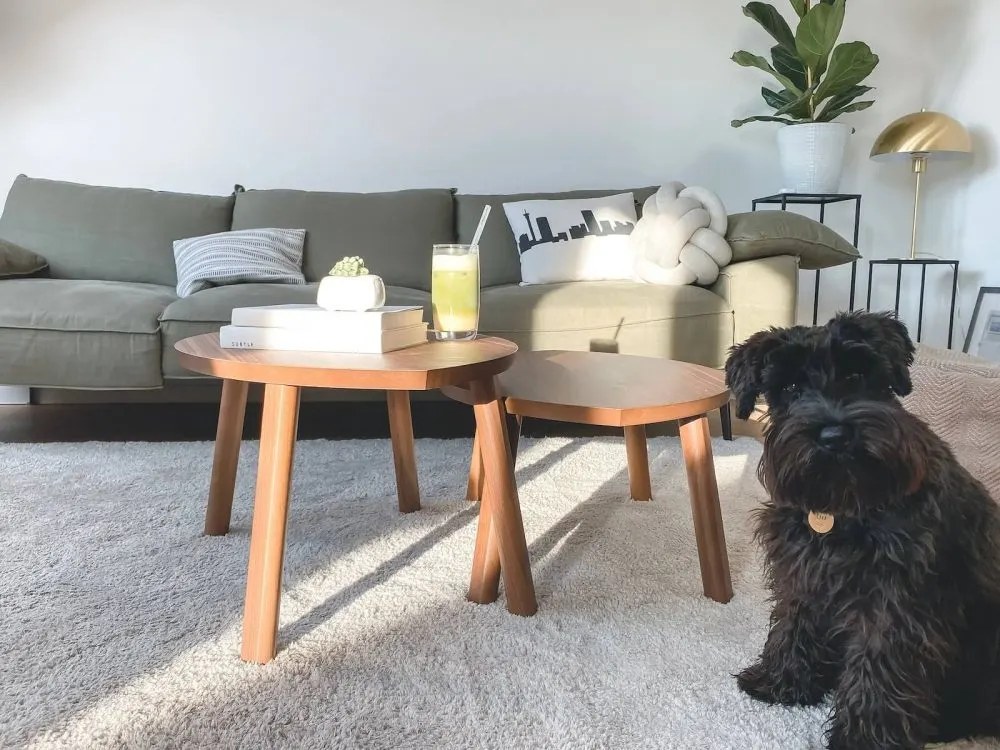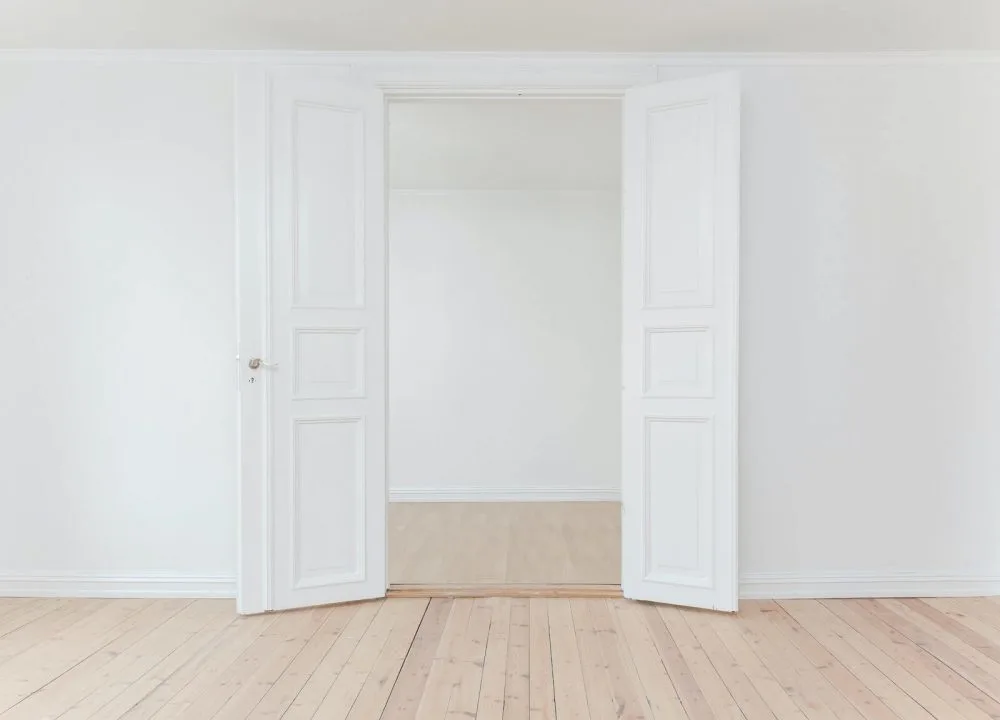Audio cables can be a pain to deal with. They’re always in the way, and they get tangled easily. If you have an entertainment system that needs speaker wires, it’s time to learn how to hide your speaker’s wire! This article will show you how to do just that – with 10 easy solutions.
Solution 1 – Use speaker wire tape
The first method is using speaker wire tape. This type of product can be found at most hardware stores, and it’s very affordable. Cut a piece about an inch in length and wrap the cable up with it as you would do with electrical tape. You’ll want to make sure that your wire is in the center of the tape. This will help keep it from getting tangled up with other cables or wires running along your flooring.
Solution 2 – Use Command Hooks
Command hooks are another low-cost and easy solution to hiding speaker wire. These hooks can be found at most retail stores for just $0.99 each, so you don’t have to spend a lot of money on this project to make it work! You’ll want to take some time to select the best location for your command hook before drilling any holes into your wall or other surfaces. Choose somewhere high up that will be out of reach from children or pets but low enough so that wires aren’t stretching too tightly over large distances like they might if placed higher up the wall.
This is an excellent option because Command Hooks are not permanent pieces of hardware – meaning they can easily be removed without damaging walls as long as you put them back later on – which gives you much flexibility with where to place them.
Solution 3 – Use cable organizers to hide wires
Cable management is the way of hiding speaker wire that many people use because it’s cheap and easy! It means wrapping your wires in some material like PVC or fabric and then stringing them up through the wall, ceiling, or any other hidden location.
This will allow you to tuck away all these extra cords without having cables running amok across your floor space for everyone else to trip on! If there are already holes in those surfaces from previous installations (like light fixtures), start here instead because drilling new holes could be difficult, depending on how sturdy and thick they are. You’ll want something thin enough to drill through without too much effort.
Solution 4 – Use a wall-mounted power strip to hide wires
For those who want to hide speaker wire in their home without screws, nails, or other hardware into walls and ceilings, this option might work well. A typical wall-mounted power strip is used to plug your cables from various devices into one outlet with several outlets spaced out along its length so that everything stays organized and hidden away!
This arrangement will keep cords close enough together but still far from any potential hazards, like little fingers reaching up to pull them down later on. If there’s no available outlet near where you need it, try using an extension cord instead with many outlets spaced through its entire length while also being longer than a typical power strip.
Installing soundbars instead of multiple speakers also helps with cable management.

Solution 5 – Camouflage cables with paintable wallpaper
If the surface where you need to hide speaker wire is a hard, flat one like your walls or ceiling, paintable wallpaper might be a great option. It can easily be removed and redone if desired but will give off that appearance of being a permanent fixture in the room’s design which may help camouflage cables as they run across it.
Solution 6 – Route cables under rugs or carpets
If you have a rug or carpet with an area not in use, try running the speaker wire under it to keep them out of sight. This is often done in living rooms and bedrooms with no wires but can be easily accessible. The most important thing here is to ensure these cables don’t get caught by furniture legs as they’re walked on, which would cause them to rip, tear, or worse – short-circuit!

Solution 7 – Leverage baseboard molding
If you have any baseboard molding in your home, this could be a great way to hide speaker wires because it’s thin enough for cables to fit under and out of sight while still being sturdy. This solution can also easily blend into the walls without making them look weird, which might make guests feel uncomfortable!

Solution 8 – Go wireless if possible
If you have the option of going wireless, this is a great way to hide speaker wire because there’s no need for wires! This can be done with speakers, keyboards, mice, and other devices. You’ll need Bluetooth or WiFi-enabled ones that will send signals from your computer or device without staying plugged in, like when using an HDMI or optical cable.

Solution 9 – Hide cables along the light strips
If you’re looking for an easy and quick solution, this one might work great. You’ll need a light strip that’s either wired or battery-operated (the first is best!) to have them be more permanent as they won’t run out of power. Still, they can also make the speaker wire stand out too much if not done correctly with some careful positioning and cutting.

Solution 10 – Use flat speaker wire
Lastly, one thing to consider for those who want to hide speaker wires is using flat speaker wire instead of the traditional round, which can be more challenging to conceal. This will have a smaller profile and might not need any other tricks like painting or wallpaper because it’s so thin but keep in mind that this style isn’t as typical as thicker cables, so you may find it harder to purchase online!
How to hide speaker’s wire: Takeaway
There are many ways to keep speaker wire hidden in your home, and these ten should help you narrow down which will work best for the situation. Remember to be careful with your cables and ensure they’re not in danger of getting caught or cut so that you can enjoy music for a long time to come.
DW
Tuesday 13th of September 2022
One thing to keep in mind is that, if you're running up, down and sideways, flat speaker wire will have some awkward turns that stick out and actually look more obvious in certain conditions. (Picture trying to run the flat side of the cable 90 degrees) I've found that using small gauge round wire (if it's appropriate) and using white duct tape to hide it, onto the top or bottom of white baseboard is much lower profile and hidden than the bulky, and often awkward, channels that they sell.